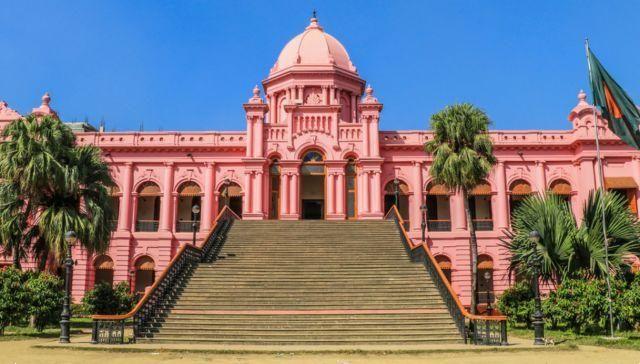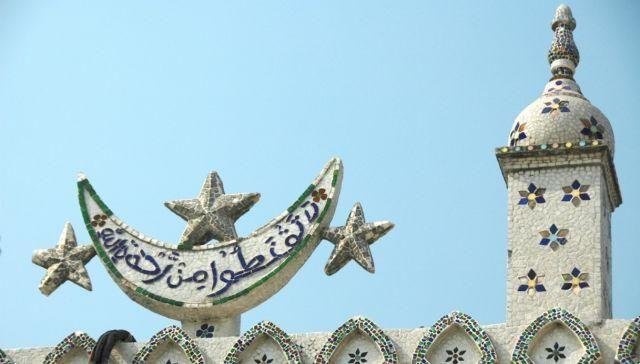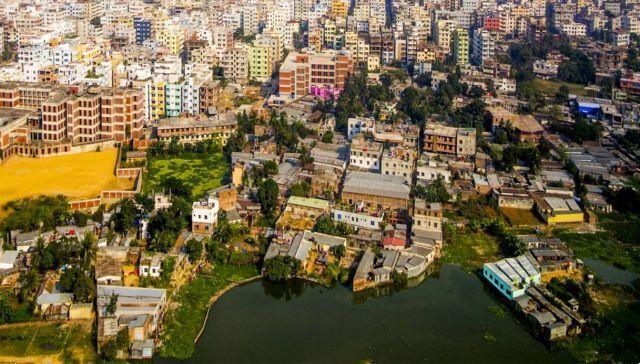 What to see in the center of the capital of Bangladesh, from Lalbagh Fort to Suhrawardi Uddyan park: monuments and places symbolizing independence
What to see in the center of the capital of Bangladesh, from Lalbagh Fort to Suhrawardi Uddyan park: monuments and places symbolizing independence
Loosely lying on the Buriganga River, the beautiful capital of Bangladesh it is capable of surprising its visitors with its mixture of ancient and modern. With independence from Pakistan in 1971, Dacca became the capital of Bangladesh (formerly East Pakistan), ending a long period of rebellion and autonomist pushes that had lasted since 1947, the year in which India and Pakistan (West Pakistan and East Pakistan ) emancipated themselves from British rule.
We suggest starting your tour of the capital of Bangladesh from the old city, where you can admire the spectacular Dhâkâ buildings built between the sixteenth century and the end of the eighteenth century, a period which coincides with the beginning of British colonization. Along the river there are numerous palaces such as the Lalbagh Fort, the pink palace Ahsan Manzil, Bara Katra, parchi e mosquee storiche.
Near the Dhaka Medical College – between Lalbagh Fort and the national mosque area – is the central one Shaheed Minar, one of the symbols of Bengali nationalism. The monument was built to remember the Bengali students who were killed by Pakistani police on 21 February 1952 during a protest for the recognition of Bengali as the official language. Every year on February 21, thousands of people gather here for a celebration of commemoration. The date was chosen by the UN as International Mother Language Day, in memory of these martyrs.
About 4 kilometers northeast of Lalbagh Fort, a 10-minute walk from the Shaheed Minar, then visit the mosque of Baitul Mukarram, national mosque of Bangladesh. Built in 1968, it is considered the tenth largest mosque in the world. Not far away, in Bangabhaban Garden the official residence of the President is located. The Banga Bhaban palace, which can only be admired from the outside, dates back to the era of British India and is an example of a colonial building that characterizes the city.
Retrace your steps and head towards the Supreme Court headquarters. Originally the palace was the residence of the British Governor and is still an example of a mix of styles between European and Mughal architecture. The Parco Suhrawardi Uddyan it is located in the ancient colonial racing stadium. In this place the independence leader Sheikh Mujibur Raman made a historic speech before the 1971 war and it was also in this area that the Pakistani army surrendered. In the park there are the Shadhinota Stambha monument, the Eternal Flame and the Independence Museum.
Il Liberation War Museum it houses historical artefacts, materials and tools used by fighters during the 1971 war and rare period photographs. In the university area there is also the Musa Khan mosque, a historic place of worship which some sources date back to the end of the 1400s. However, the entire building was evidently renovated in the 1900th century. In the campus area there is also a Greek Memorial built in the early XNUMXs.
For those who wish to discover and delve deeper into the history of the capital of Bangladesh, we remind you that there are many museums in the city, the main one being the National Museum of Bangladesh, also near the university, which houses a large number of collections and where you can admire sculptures and paintings from the Hindu, Buddhist and Muslim periods.
The monument is also located in this university area Aparajeya Bangla. The sculpture is dedicated to the Bengalis who died in the Liberation War of 1971, the central figure represents a farmer carrying a rifle on his shoulder and a grenade in one hand, on the left a woman carries a first aid kit and on the right a boy holds a rifle.
Then move north, towards the central area, around the park Chandrima Udyan, where the Dhaka International Trade Fair (Dhaka International Trade Fair) and the parliament are located. The whole area is populated with cultural centres, colleges and universities, shopping centers and markets.
In the northern part, the capital of Bangladesh is home to the diplomatic area of Gulshan, the city's cricket stadium, the zoo and the botanical garden. The streets of the capital of Bangladesh are chaotic and busy and the best way to get around is to take taxis or traditional ones rickshaw. River transport is also widely used to avoid congested city traffic and to reach nearby cities.






